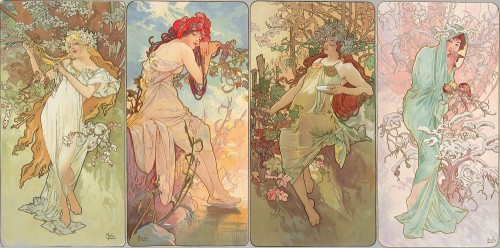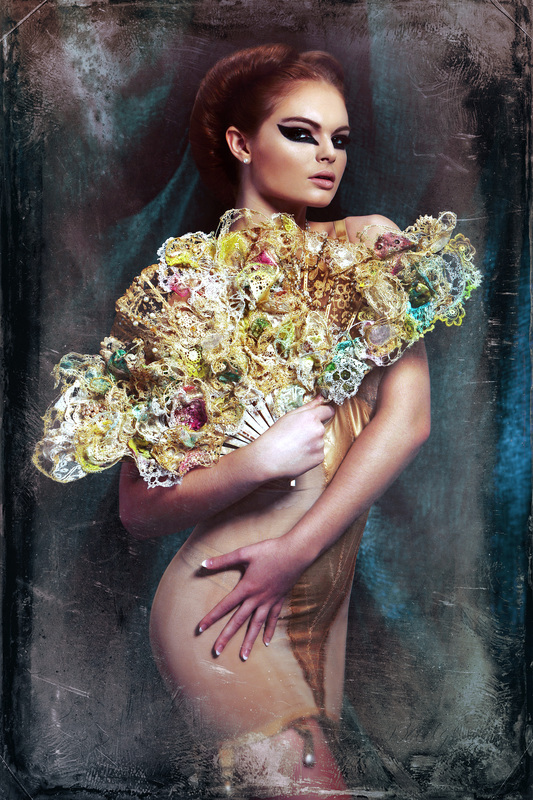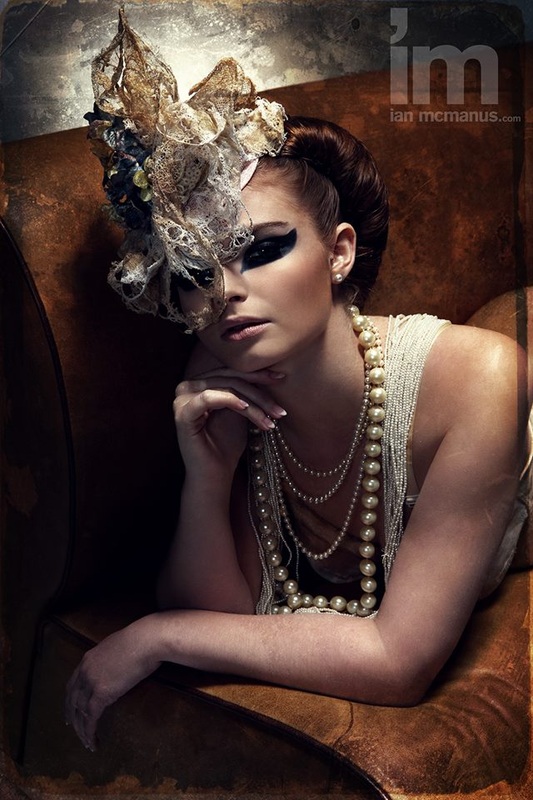I visited Houghton Hall at the weekend to see the 'Revisited' exhibition- the Walpole masterpieces from Catherine the Great's Hermitage. I knew that I would gain more inspiration from the house than the paintings. It was gloriously ornate.
This giant shell above the bedhead in the green velvet chamber was my favourite thing in the whole house. I love the oversized scale and shape. To fit the embroidery around the wood carving must have taken hours of work. It inspired me and I can imagine making a decorative, quilted shell as a head piece for a photo shoot or a quirky accessory.
The feet of the chairs were claws and the arms were formed of carved eagle heads. Reminded me of something from a fairy tale castle.
The walkway leading to the west wing of the house is pictured below. Everything was designed to be symmetrical and to appear long. This is to show how much land and therefore how much money the owners had. It looks to me like you are being pulled into a fantasy.

















































